Seedling hardening methods before planting
Growing seedlings indoors is associated with maintaining optimal conditions for the growth and development of the culture. Caring vegetable growers set a certain temperature regime, exclude wind loads and maintain optimal illumination of the sprouts. All this is necessary to create strong and healthy bushes, which in the future will give a high-quality harvest of tomatoes or other vegetables. Before planting, the seedlings undergo hardening procedures. Do summer residents need this additional work or can they do without it?
The parable of tempering
The summer resident cherished tomato seedlings, ashore as the apple of his eye. And now the time has come for transplanting tomatoes into open ground. The happy owner planted strong plants, and after a while he discovered that the shoots take root badly, they often get sick. By the time of harvest, he was no longer happy with the vegetables he had grown.
Why did this happen? Because greenhouse plants were not prepared for the harsh conditions of a real climate. They were protected from drafts, wrapped up at the slightest drop in temperature, and increased the amount of light. And then suddenly the conditions changed: temperature fluctuations became more noticeable, precipitation and wind prevented the sprouts from straightening and continuing to develop, and the bright sun burned the delicate leaves. All the strength of the plant went into resisting the conditions. The fruits also got a little nutrition, but this was not enough for the formation of juicy and beautiful tomatoes.
Thus, the unsuspecting summer resident reduced the quantity and quality of the future harvest. To prevent this from happening, you just had to harden the tomato seedlings before planting them in a permanent place.
Effect of the procedure on seedlings
For some, hardening is associated with pouring ice water. But not in this case. Tomatoes, and other plants as well, love a warm shower and watering, so this method should not be used to increase plant resistance. But it is still necessary to harden the seedlings of any crops, including tomatoes.
The procedure consists of the following types of exposure:
- temperature - preparing plants for possible drops or increases in temperature;
- light - the reception of adaptation to brighter lighting, so that the plant does not die from sunburn;
- air - adaptation to wind loads, to a certain mode of air humidity.
As a result of this influence, the sprouts will acquire such external characteristics as:
- strong and stable stem;
- large leaves of rich green color;
- well-developed root system.
If you ignore the hardening of the sprouts, you can end up with low-quality seedlings of a tomato or other crop: pale, elongated, weak, susceptible to various diseases. Such plants will not only take root for a long time, but they will also give a symbolic harvest.
Hardening principle
Approximately 10-15 days before planting seedlings on the garden bed, they begin to harden it. It is important that a certain temperature is established in the shade for different vegetables:
- cold-resistant plants can be transported outside at daytime temperatures of +8 degrees;
- for hardening heat-loving vegetables, a minimum daytime temperature of +12 degrees is required.
Important!
Seedlings by the time of hardening should acquire several true leaves: cucumbers, as a rule, have 2-3 leaves by this time, and tomato sprouts - from 4 to 6.
Hardening place
Hardening procedures begin at home.After they move to a balcony or loggia, to a greenhouse or greenhouse, and then accustom the sprouts to open air.
- At home
Hardening is started with the establishment of favorable temperatures. To do this, first open the vents for an hour, then increase the time.
- On the loggia or balcony
They continue to harden the plants, first taking them out for several hours in the afternoon and gradually increasing the residence time of tomatoes and other plants on the balcony. At first, the sprouts must be shaded to avoid sunburn. Then the seedlings are left overnight for several days.
- In a greenhouse or greenhouse
Begin with daytime airing, opening the existing transoms. Over time, all the film coating is removed during the day so that the seedlings get used to the light conditions. At night, the greenhouse or greenhouse is closed until the optimum night temperatures are established: from +3 degrees for cold-resistant crops (cabbage or onions), from +6 degrees for thermophilic plants (tomatoes, peppers, eggplants, cucumbers).
- On the street
The required time for the seedlings to be in direct sunlight is 2-3 hours daily. This is how long the plants are outdoors in the shade for the first two to three days. In the following days, they begin to harden the sun. For this, the bushes are placed in direct sunlight, first for an hour, increasing this time every day, and then transferred to the shade. Every day, the time the seedlings stay on the street is increased until they remain outside for the whole day. After that, the plants are left outside for several nights, and then they begin to transplant.
Care during hardening procedures
During this period, it is recommended to gradually increase the time interval between waterings. When watering, it is imperative to moisten the entire earthen lump well, and start the next watering only as it dries.
Plants should not be allowed to wilt, especially tomatoes or eggplants. Under such conditions, they can lose buds, which will have a very negative effect on the harvest.
Advice
Do not start hardening procedures too early. This can lead to a halt in the development of the culture for the entire vegetative period. As a result, a decrease in yield and an increase in the development time of fruits is possible.
To increase the resistance of the sprouts a couple of days before transplanting, they must be fed with the following solution:
- 10 liters of water;
- 10 g of ammonium nitrate;
- 40 g superphosphate;
- 60-70 g of potassium salt.
With the help of this composition, it is possible to increase the production of cell juice, which ultimately contributes to a better survival rate of sprouts, especially tomatoes and cabbage, and also increases the percentage of yield. This does not mean that feeding allows you to ignore the hardening procedure itself. It is advisable to produce it in a complex, then the adaptation of the sprouts to new conditions will be much faster, and an early and high-quality harvest will not be long in coming.
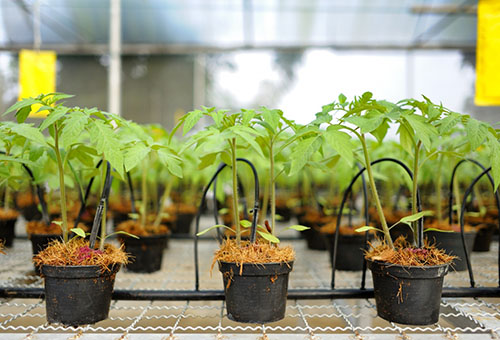
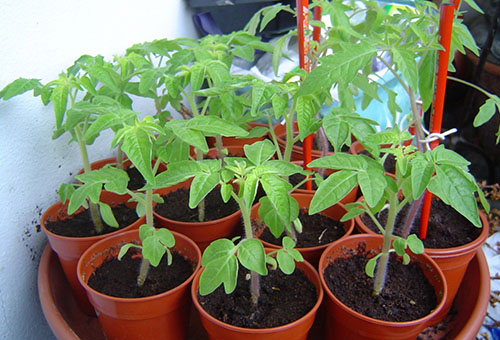
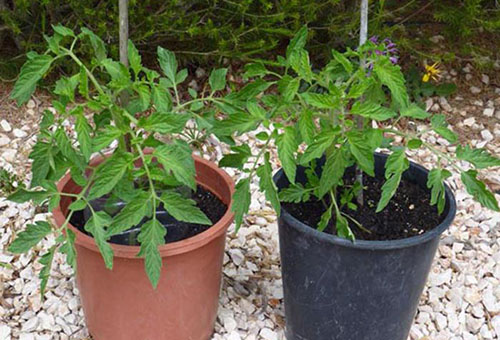
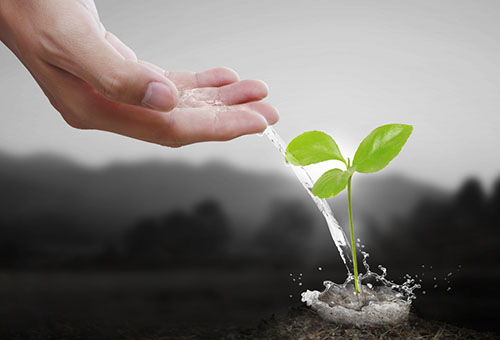
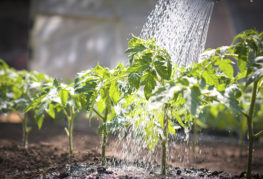
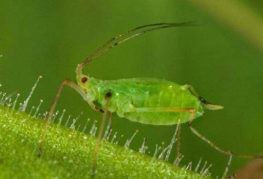
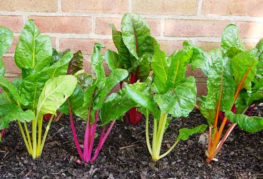
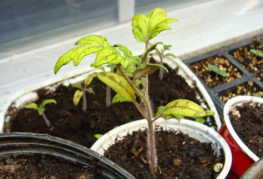
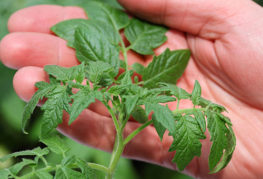
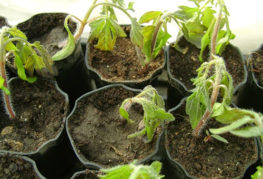
and will be published shortly.